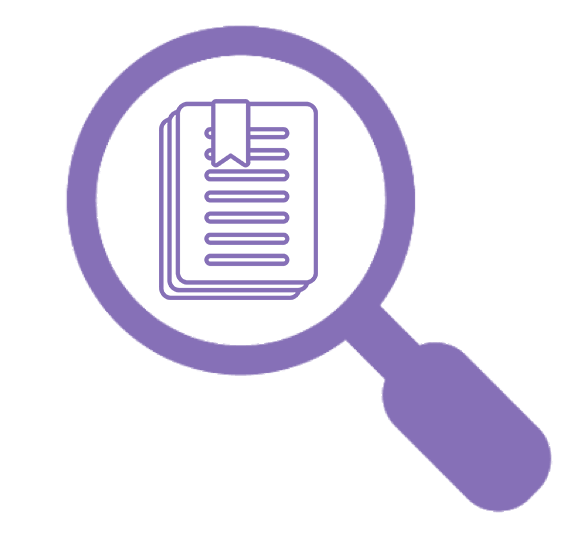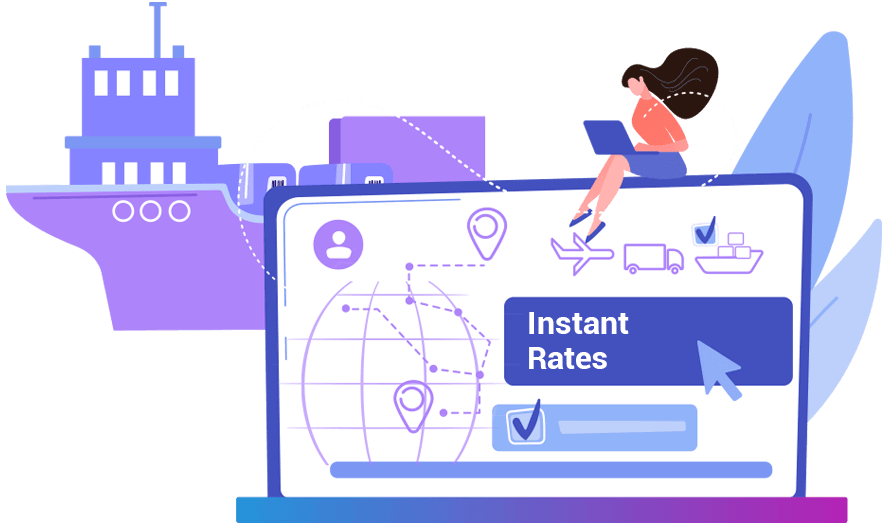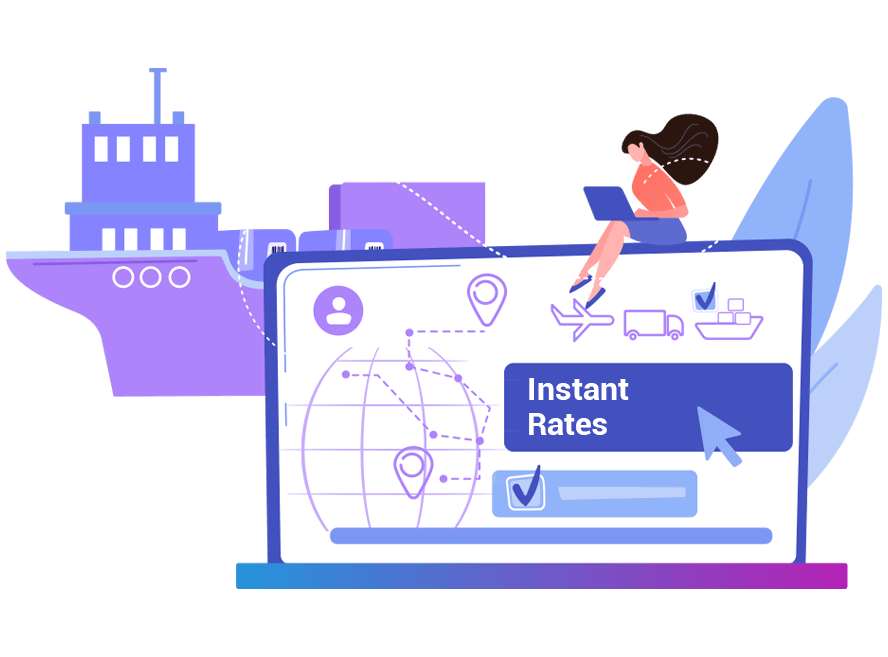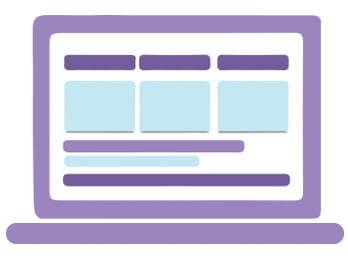
Instant Rates
Our instant quotes feature aids you in getting
instant access to a collection of liners offering the
most competitive rates, from and to the shipment.

Compare and Book
Get instant freight quotes from liners that
meet the ideal balancing act of price and
transit time.

Manage and Track
Provide logistics management that seamlessly
incorporates milestone tracking and proactive issue
resolution delivered by trustworthy, thoroughly vetted
providers.

Instant Rates
Our instant quotes feature aids you in
getting instant access to a collection
of liners offering the most competitive
rates, from and to the shipment.

Compare and Book
Get instant freight quotes from liners
that meet the ideal balancing act of
price and transit time.

Manage and Track
Provide logistics management that
seamlessly incorporates milestone
tracking and proactive issue
resolution delivered by trustworthy,
thoroughly vetted providers.
Ocean Freight
Voyage offers a compass to secure your cargo’s passage, weaving partnerships with premier shipping lines to bring you competitive fares. Embark on a maritime odyssey where 90% of the world’s commerce sets sail Explore avenues for all cargo types: general refrigerated, partial (LCL), full-load containers (FCL), and bespoke undertakings. Unveil the enigma of Smart Containers, a compass form real-time navigation, guarding against tempests with humidity and temperature’s watchful eye.

Ocean Freight
Voyage offers a compass to secure your cargo’s passage, weaving partnerships with premier shipping lines to bring you competitive fares. Embark on a maritime odyssey where 90% of the world’s commerce sets sail Explore avenues for all cargo types: general refrigerated, partial (LCL), full-load containers (FCL), and bespoke undertakings. Unveil the enigma of Smart Containers, a compass form real-time navigation, guarding against tempests with humidity and temperature’s watchful eye.

FAQ's
FAQ's
What is Ocean Freight? + -
Ocean freight refers to the shipping of goods through sea routes using cargo ships. It's one of the most cost-effective ways of transporting large volumes of goods internationally. Goods are packed in containers and loaded onto vessels, which travel to the destination port.
How Can You Track Your Shipment? + -
You can track your ocean freight shipment using the following methods:
- Tracking number or Bill of Lading (BOL): Most shipping companies provide a tracking number or BOL, which you can use on their website or customer portal to check the status of your shipment.
- Freight forwarder’s tracking system: Freight forwarders usually offer tracking services via their platform.
- Automated notifications: Some carriers send email or SMS updates when the shipment reaches key milestones, like departure or arrival at the destination port.
Methods of Ocean Freight + -
There are primarily two types of ocean freight methods:
- Full Container Load (FCL): When a shipper uses an entire container for their goods, typically for larger shipments.
- Less than Container Load (LCL): When multiple shippers share space in the same container. It’s ideal for smaller shipments.
What is Ocean Freight? + -
Ocean freight refers to the shipping of goods through sea routes using cargo ships. It's one of the most cost-effective ways of transporting large volumes of goods internationally. Goods are packed in containers and loaded onto vessels, which travel to the destination port.
How Can You Track Your Shipment? + -
You can track your ocean freight shipment using the following methods:
- Tracking number or Bill of Lading (BOL): Most shipping companies provide a tracking number or BOL, which you can use on their website or customer portal to check the status of your shipment.
- Freight forwarder’s tracking system: Freight forwarders usually offer tracking services via their platform.
- Automated notifications: Some carriers send email or SMS updates when the shipment reaches key milestones, like departure or arrival at the destination port.
Methods of Ocean Freight + -
There are primarily two types of ocean freight methods:
- Full Container Load (FCL): When a shipper uses an entire container for their goods, typically for larger shipments.
- Less than Container Load (LCL): When multiple shippers share space in the same container. It’s ideal for smaller shipments.




